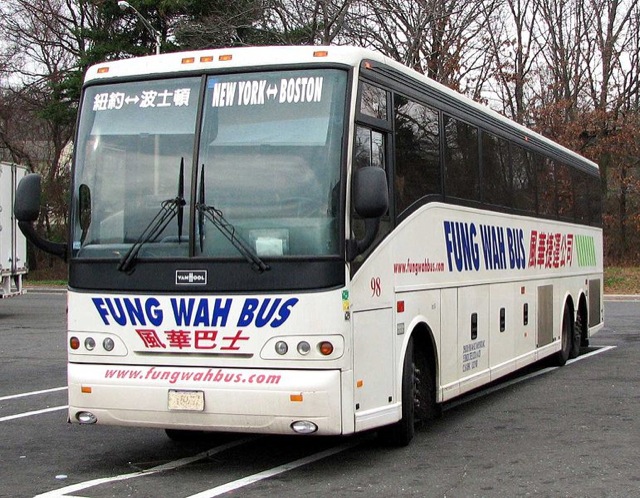“Implementation of Plan Bay Area will require the demolition of more than 169,000 single-family detached homes, or one out of every nine such homes in the region, according to table 2.3-2 of the draft environmental impact report. Any earthquake or other natural event that resulted in this much destruction would be counted as the greatest natural catastrophe in American history.”
The Antiplanner would like to think this is one of the better opening paragraphs that I have written in some time. My complete comments on Plan Bay Area are now available for download.
In reviewing my previous post on this subject, my friend MSetty made the good point that Plan Bay Area planners put that 169,000 home figure in terms of a change in demand. Although 56 percent of Bay Area households live in single-family detached homes today, by 2040 only 39 percent will want to, so say the planners.









